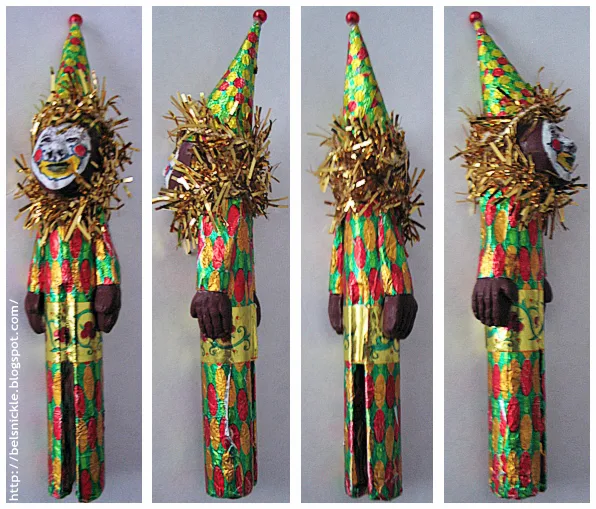Decoupage (or découpage) is the art of decorating an object by gluing colored paper cutouts onto it in combination with special paint effects, gold leaf
and so on. Commonly an object like a small box or an item of furniture
is covered by cutouts from magazines or from purpose-manufactured
papers. Each layer is sealed with varnishes (often multiple coats) until the "stuck on" appearance disappears and the result looks like painting or inlay work. Although the traditional technique used 30 to 40 layers of varnish which were then sanded to a polished finish, these little ornaments were crafted with perhaps only three or four coats of Modge Podge. They were sent to our family from relatives for our Christmas trees last year. Each vintage postcard image was mounted onto a thin, painted, wooden block and then the edges and corners were lightly sanded to give a worn, homey appearance to the ornament. The hangers are made of thick black wire topped off with a white button.
I also have a selection of old postcard images here on my blog that crafters may use to make similar ornaments, if they'd like.
I also have a selection of old postcard images here on my blog that crafters may use to make similar ornaments, if they'd like.
More Decoupage Christmas Ornament Crafts:










